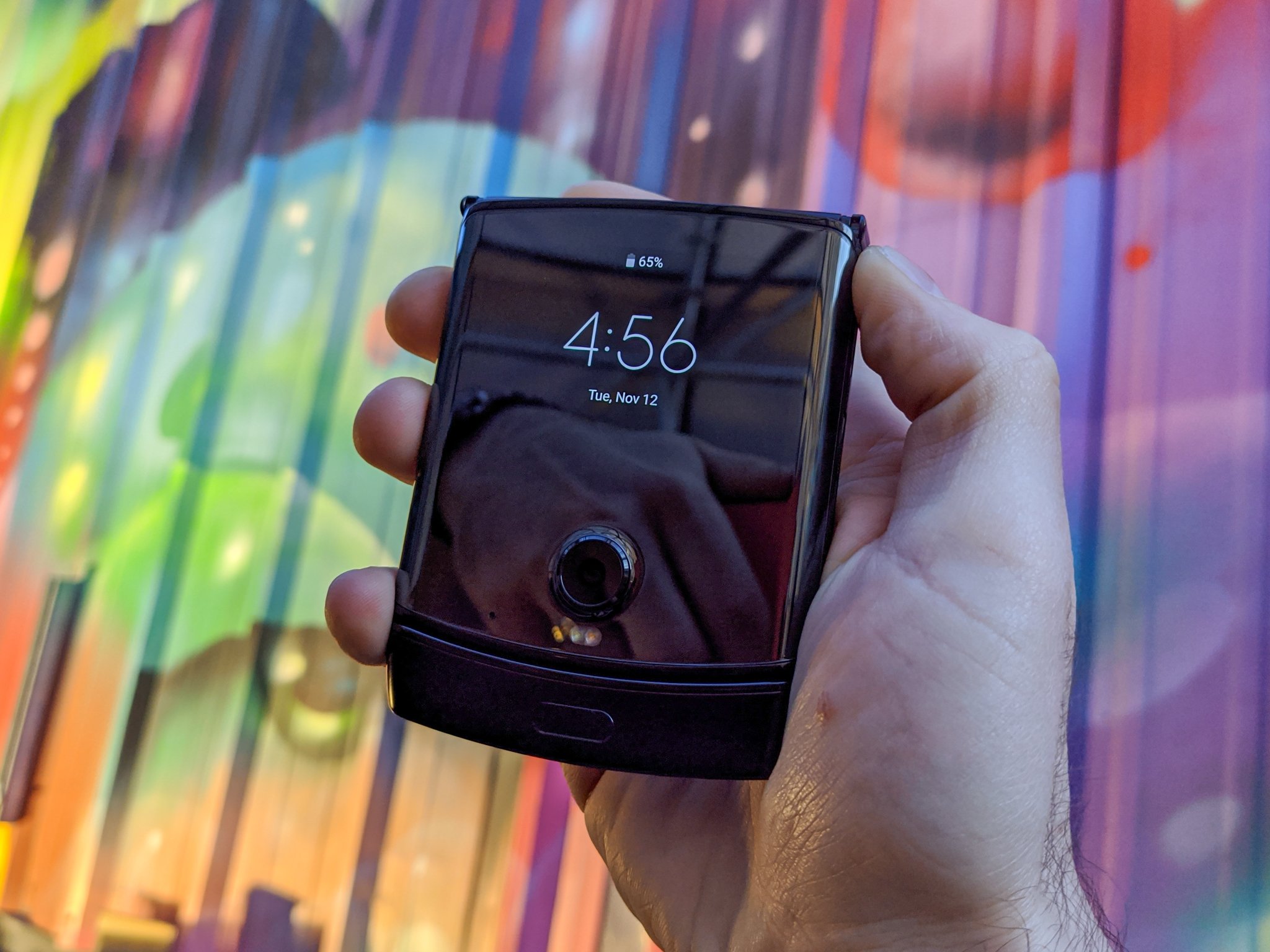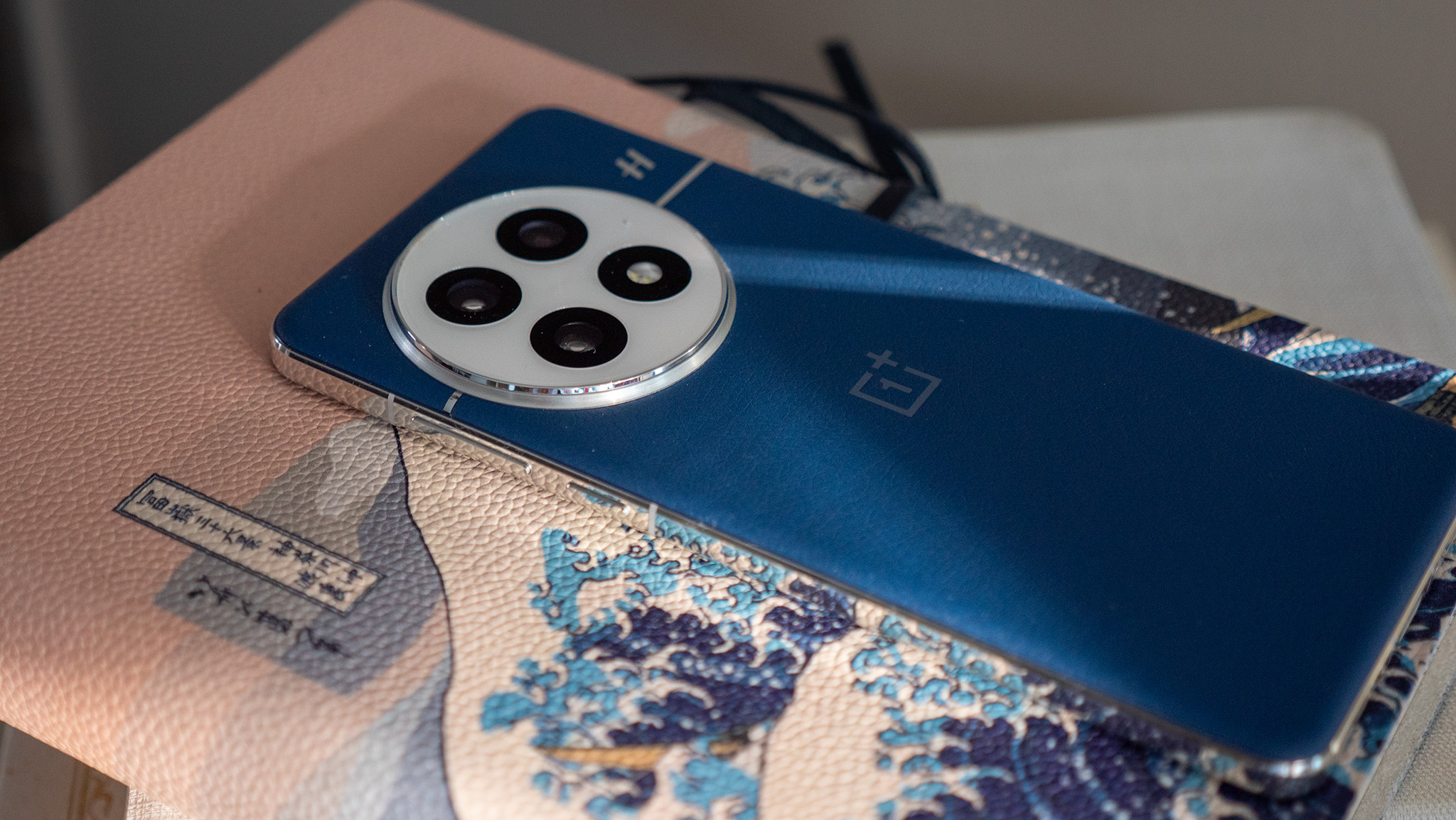Three cameras. Four cameras. Five cameras. Most phones are trending towards having more camera sensors is better, but there are a few devices that aim to prove that software is just as important as having more cameras than ever before. Google has infamously proven that a single camera paired with clever software can take wonderful photos, and Motorola has joined that club with the Motorola RAZR.
The RAZR comes with a solitary 12MP main camera, which you also use for selfies when the phone is folded shut. When it's unfolded, there is a thoroughly unremarkable 5MP atop the display (for video calls), and that's it. There's no second, third or fourth sensor for ultra-wide or telephoto shooting, and on paper at least, the RAZR camera doesn't seem to be something you'll write home about.
However, as we've seen in the past, looks can be deceiving, so is the Motorola RAZR camera actually any good? Do you also need a phone with a decent camera in your other pocket, or can the RAZR capture all the precious memories you create? We've had the RAZR for 48 hours, and alongside our first impressions, here are our initial thoughts on the camera.
The RAZR camera relies predominantly on software and HDR, not hardware
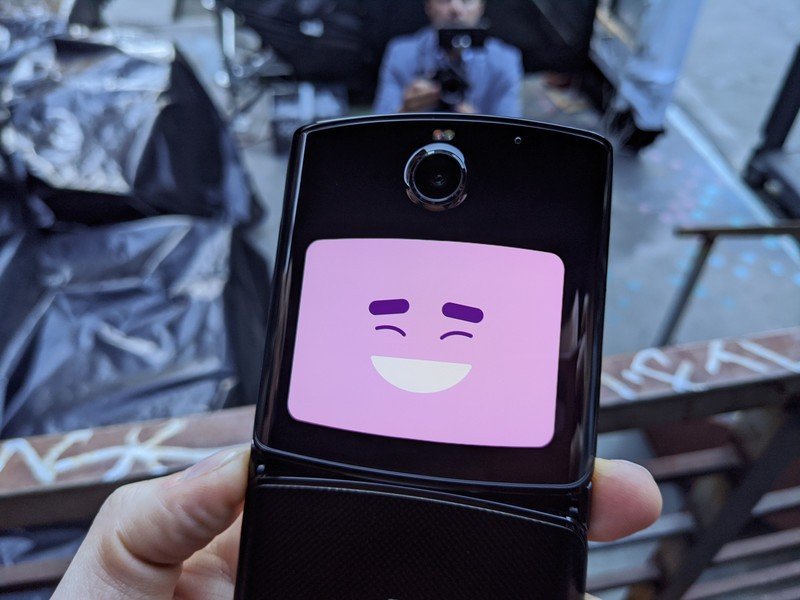
Before the Google Pixel 3, the thought that a 12MP single sensor could use software to output photos as good as phones with two or three cameras was laughable. Yet Google proved us all wrong and showed that software can work wonders. Unfortunately, Motorola isn't part of Google anymore, but that's not to say the company hasn't picked up habits from its previous parent.
Motorola's reliance on software is most noticeable in the post-processing immediately after you take an image. The first image the phone outputs is blown out, washed out and really poor. Give it a few seconds, however, and after processing, the images look infinitely better. The post-processing applies HDR to most photos (out of 60 snaps taken today, 52 had HDR), fixes the white balance and adjusts the colors so the actual image is usable, especially for sharing on social media.
Of course every phone is doing post-processing on images to get something on the other end that's pleasing to the eye. But the two things most notable here are the amount of time it takes for that image to process, and just how poor the starting image is before the processing.
Here's the post-processing in action:
Here's the post processing on the #MotorolaRAZR camera in action. Before processing the image isn't great but once processed, which takes a few seconds, @MotorolaUS have done pretty decent job on the camera. Images coming soon! pic.twitter.com/grDuZfKPiZHere's the post processing on the #MotorolaRAZR camera in action. Before processing the image isn't great but once processed, which takes a few seconds, @MotorolaUS have done pretty decent job on the camera. Images coming soon! pic.twitter.com/grDuZfKPiZ— Nirave 尼拉夫 (@nirave) February 3, 2020February 3, 2020
Motorola has said there is an upgrade planned for when the RAZR goes on sale in stores, so we'll hold our full judgment until we've spent more than two days shooting, but here are a few pictures captured earlier in bright and sunny New York!

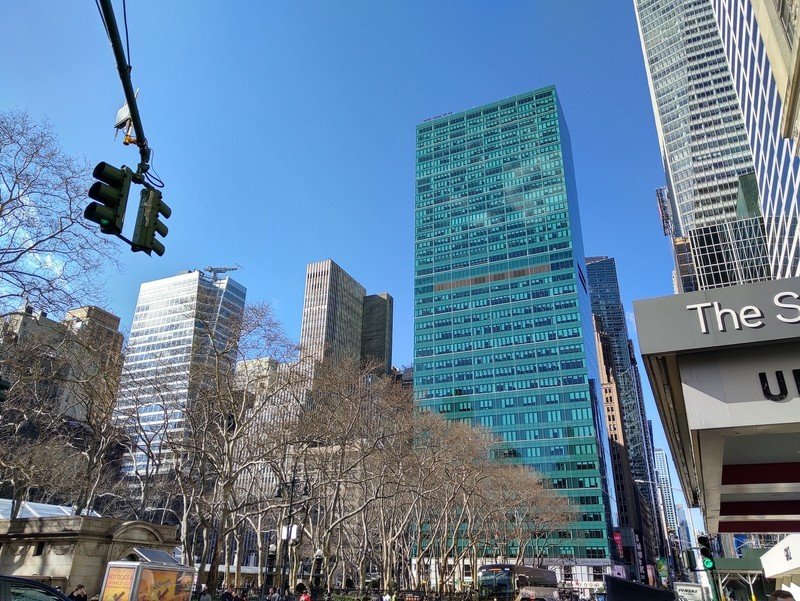
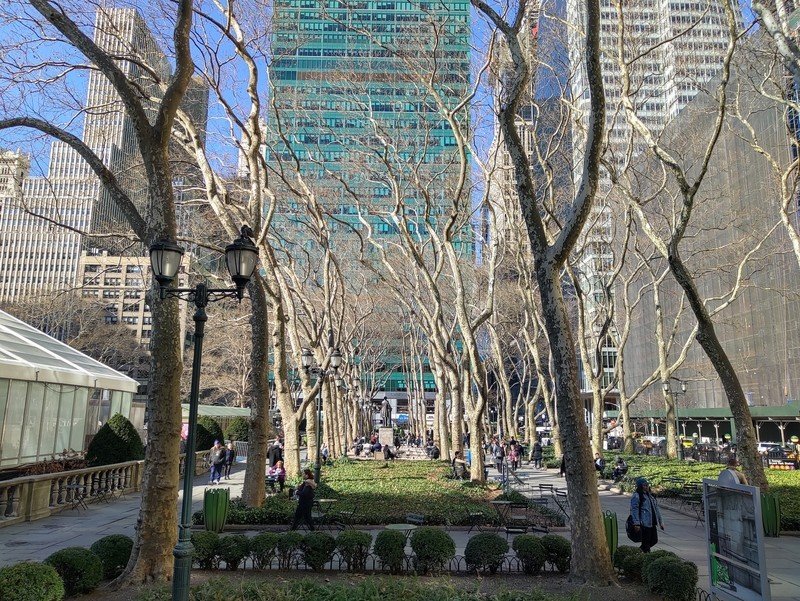
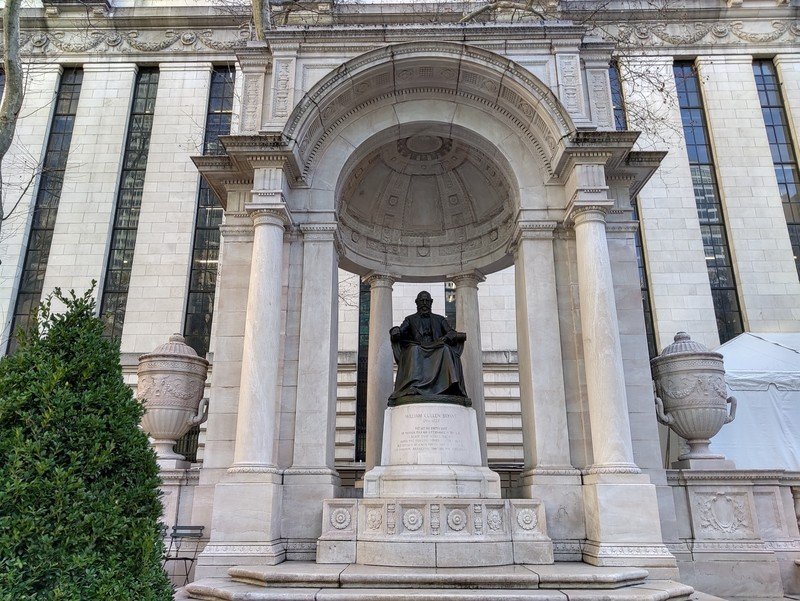
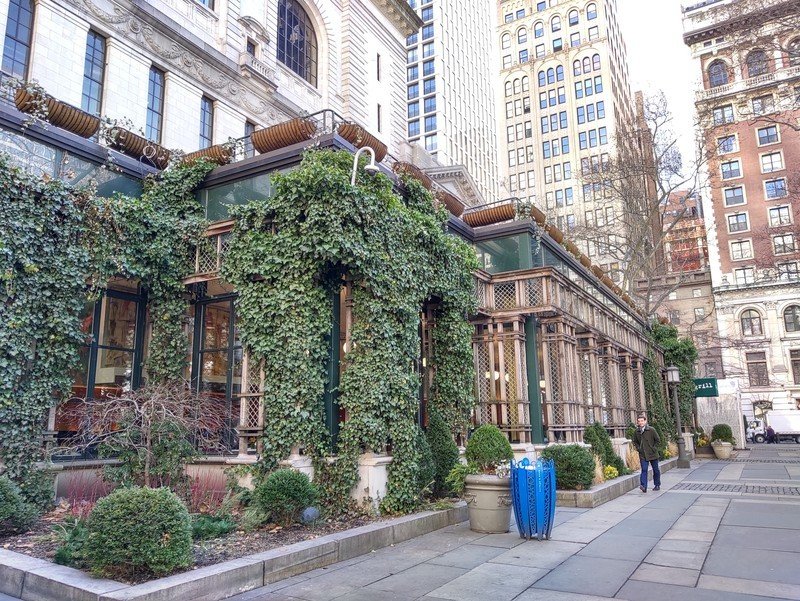
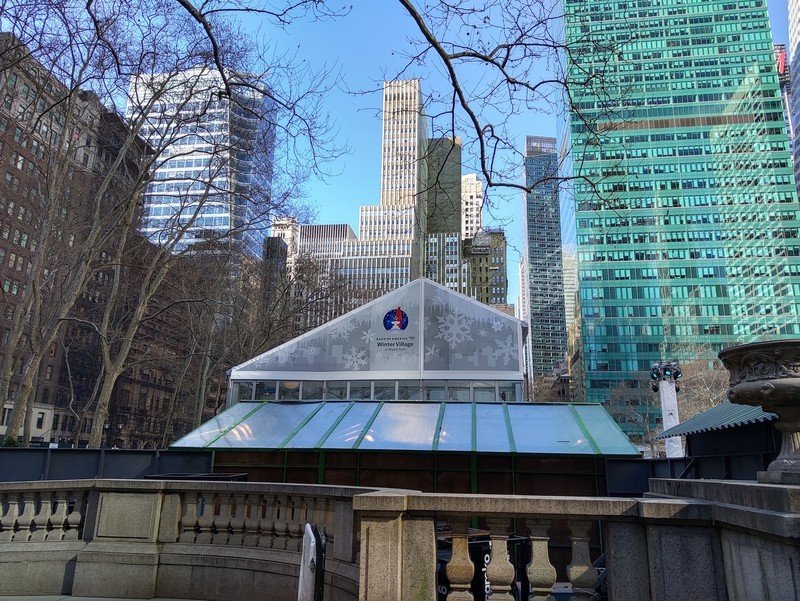
While the images are definitely passable, they're not on par with the images we'd see out of flagship devices like the Galaxy Note 10 or iPhone 11 Pro, or even the Pixel 3a, which costs less than a third of the Motorola RAZR.
Low-light remains Motorola's kryptonite
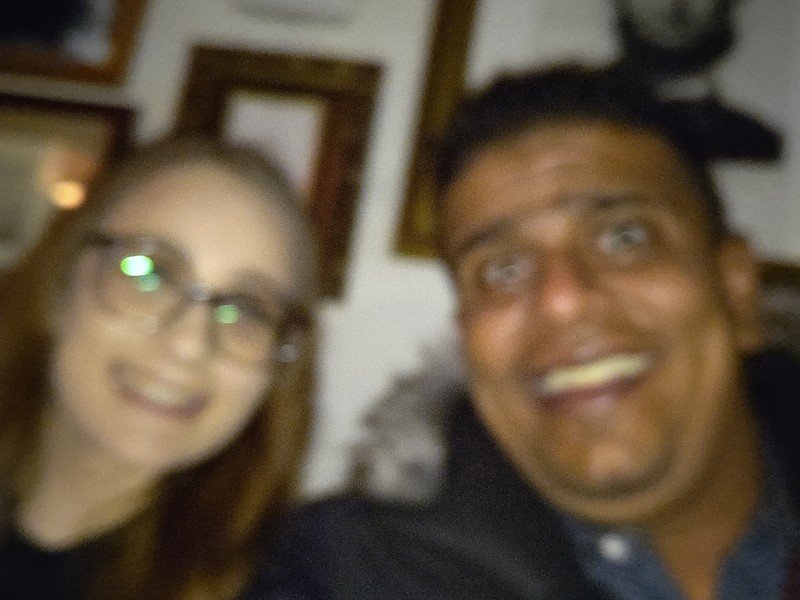
When was the last time you took a great photo with a Motorola phone? For me, it's been a long time, although some of the recent phones such as the Moto One Action definitely have promise. Unfortunately, the RAZR camera in low-light leaves me wanting, and not in a good way.
We're not planning to pixel peep the images just yet but the few things that became apparent over the weekend are that the RAZR has a focusing problem in low-light — it takes far too long to actually take an image. And the resulting quality leaves a lot to be desired. None of this is particulary surprising if you've seen photo samples from Motorola's range of great $200-300 phones, but it's unfortunate to see that quality carried over to the RAZR at five times the price.
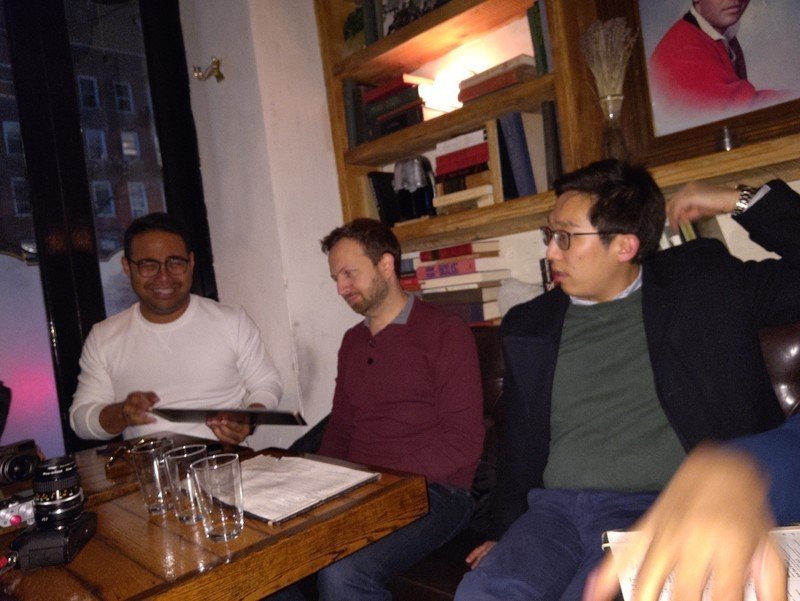

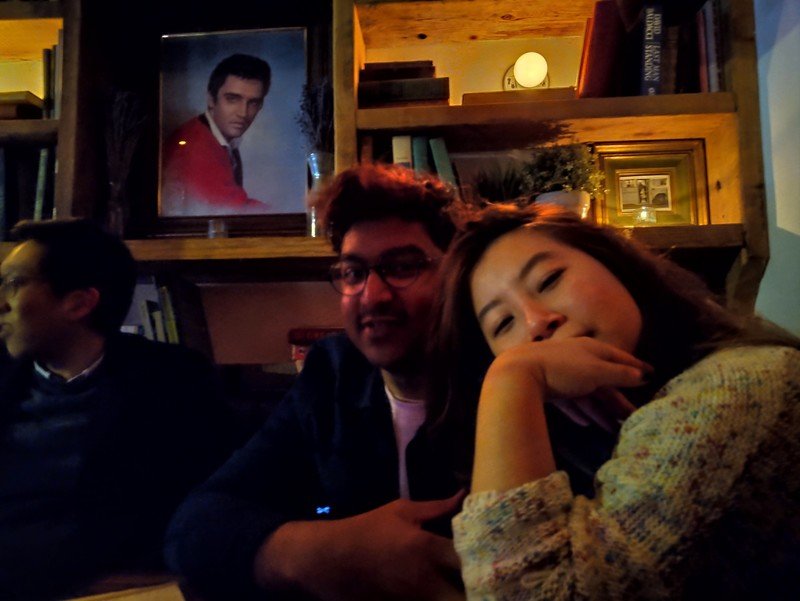
Given Motorola's propensity to favor improvements through software, there's hope that the company can optimize the software to vastly improve low-light photos. As it stands, the camera is near useless at night — but as we mentioned, there's an update planned for February 6 that may improve this situation.
It's a hit and miss experience
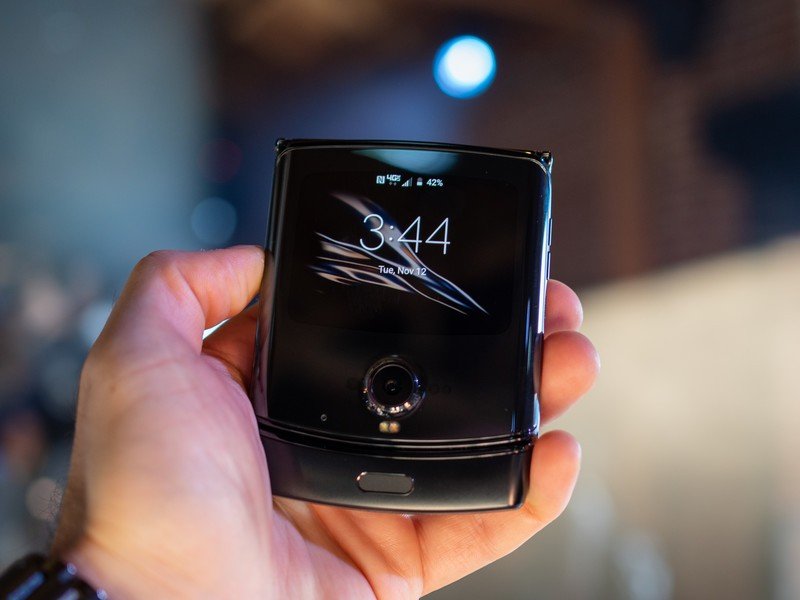
One of the pleasant surprises was using the front display to take photos with the phone closed. The volume keys make it easy to snap a picture while you hold the compact form factor that isn't unweildy like so many modern phones can be. And the screen acts as the perfect viewfinder, albeit it's a little small.
The pictures themselves very much depend on the situation. In great lighting, it's easy to take a quick snap and the camera focuses really quickly with images turning out pretty well. Most of the pictures I've taken with the phone closed have been in focus, but it's very easy to take pictures that look great on the small screen but end up being slightly out of focus.
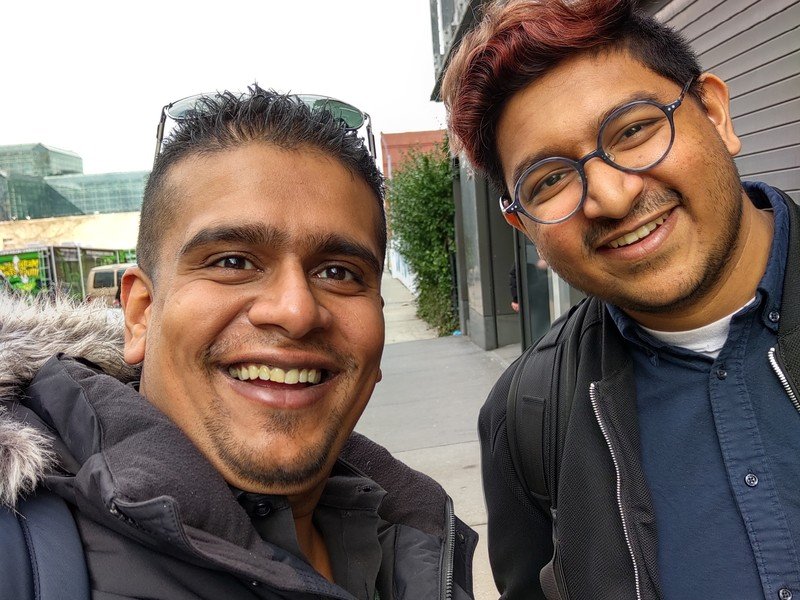

In poor lighting, the camera struggles to focus and even with the flash activated to act as a selfie light, chances are the image will be out of focus or soft. When using the same camera as a rear-facing camera in low light, images are a little better, but still well below the standard we've come to expect from smartphones.
One of the worst parts of the camera is taking a low-light selfie with the phone open; the screen increases to full brightness which can be really blinding, it takes upwards of 20 seconds to focus and then the whole capture process can take almost a minute. It's reminiscent of early Huawei phones which used the screen brightness to compensate for poor low-light performance, and as it was then, it's near pointless.
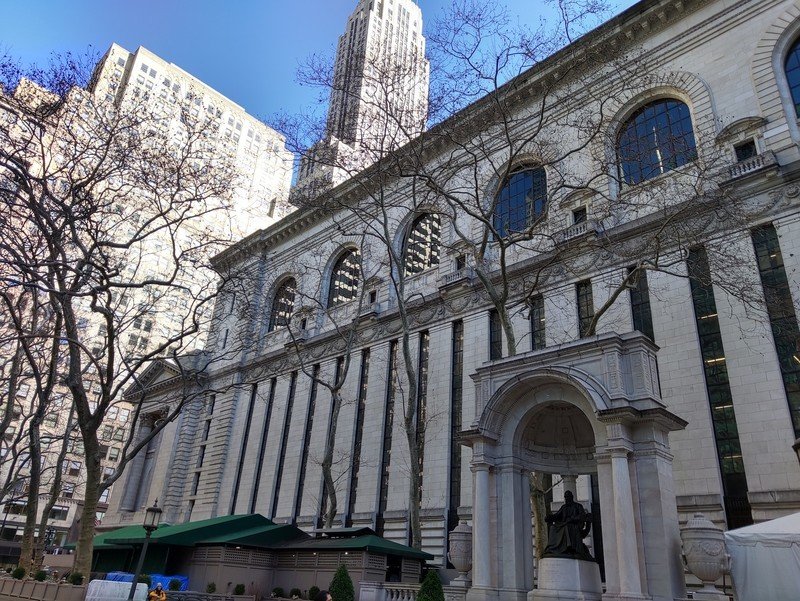
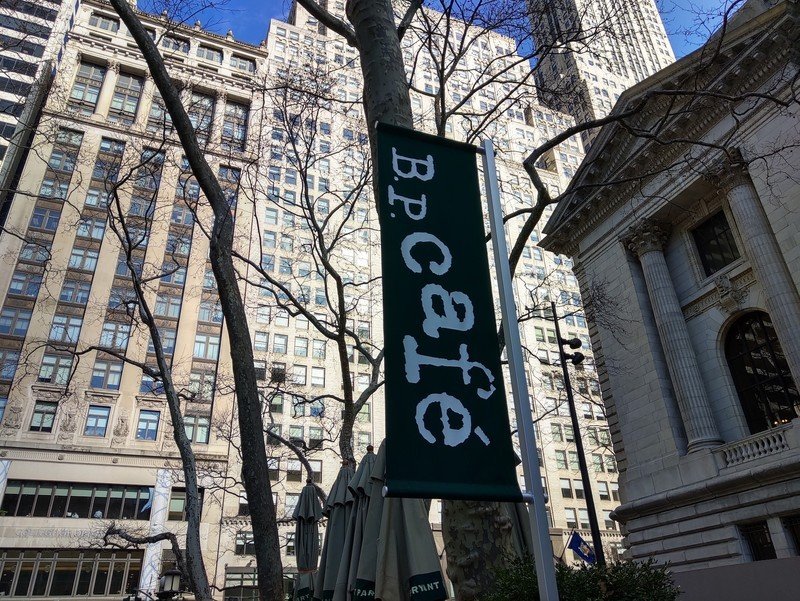
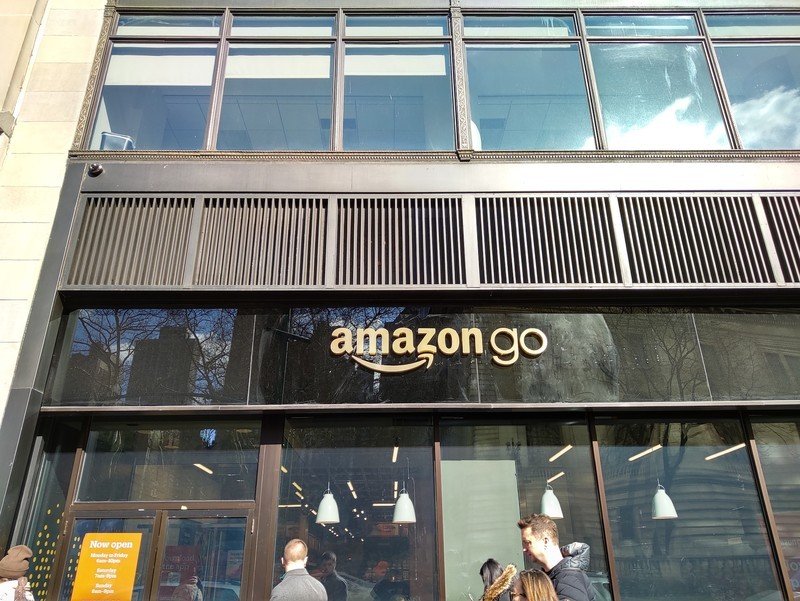
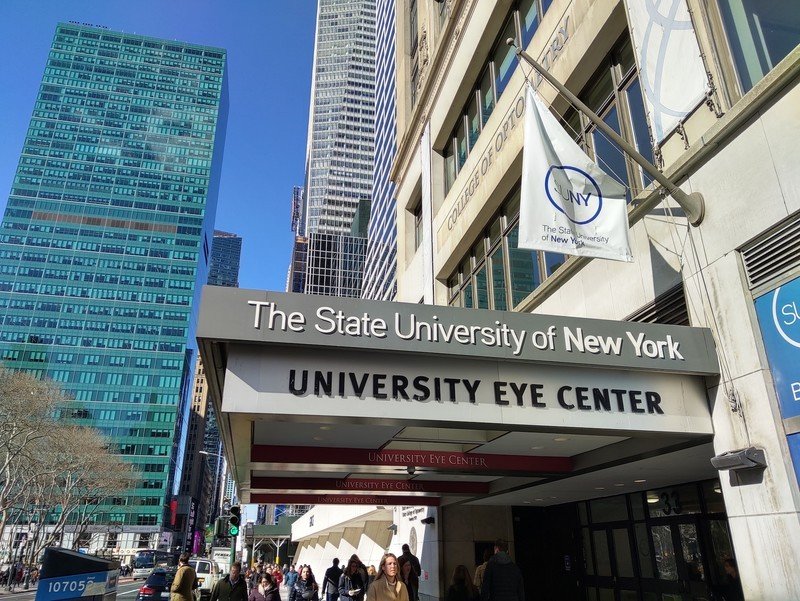
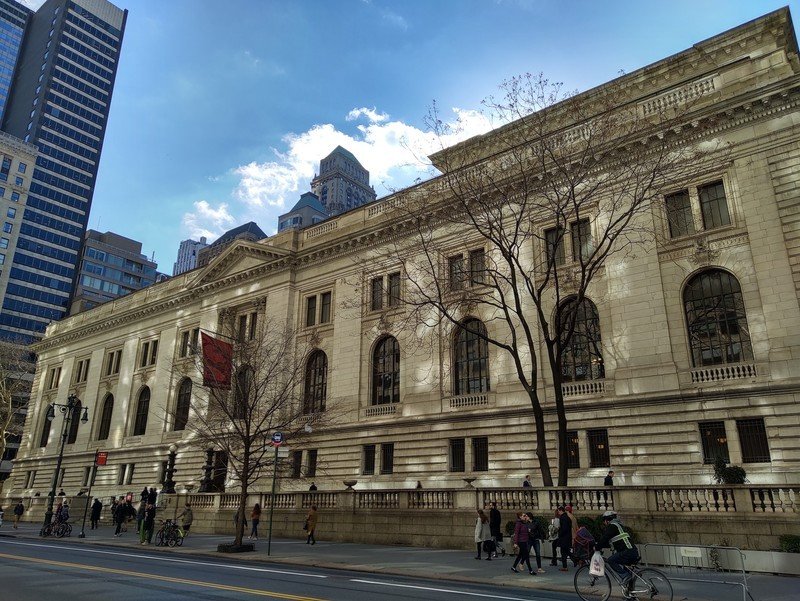
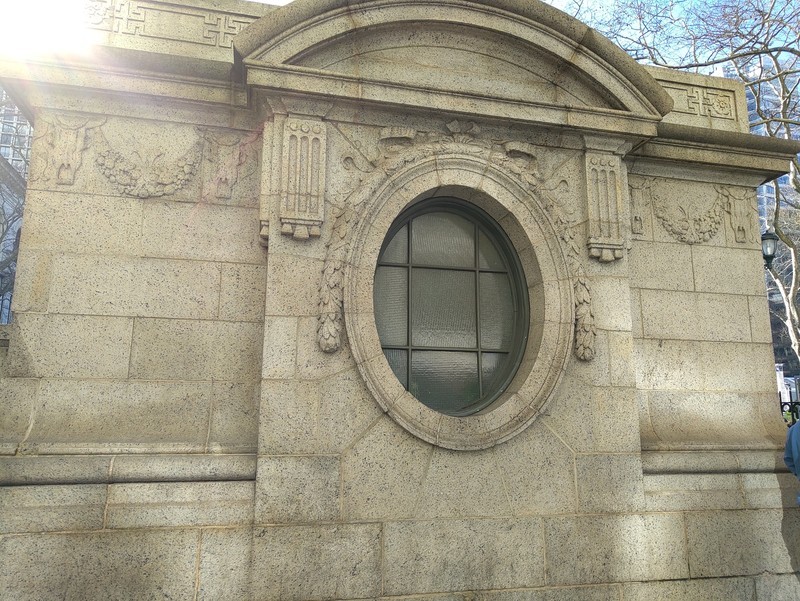
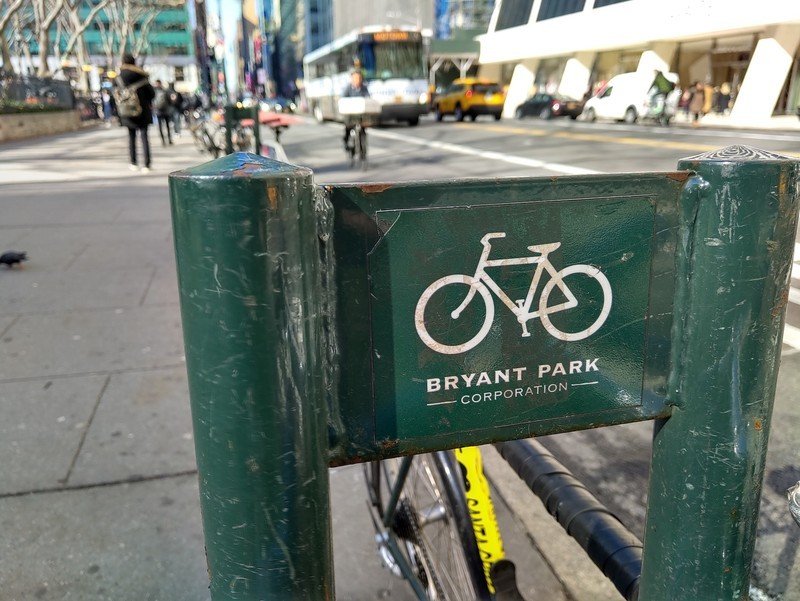
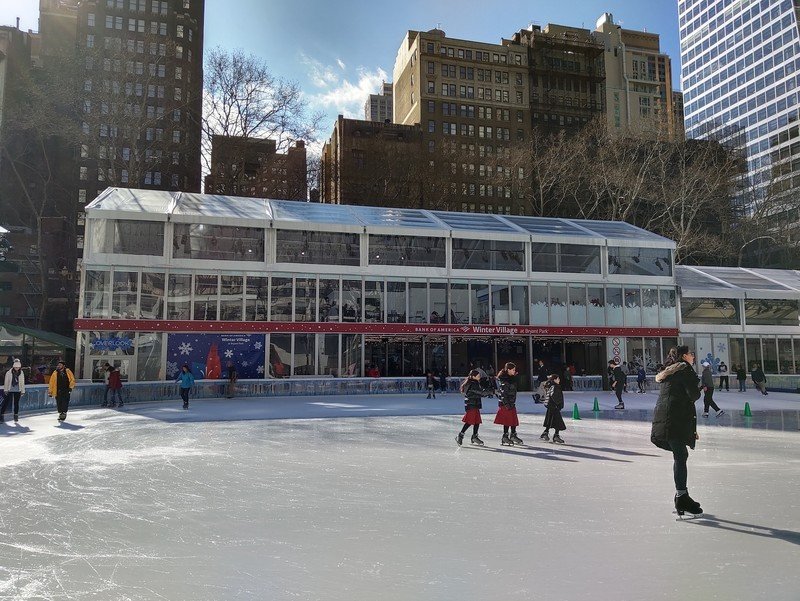
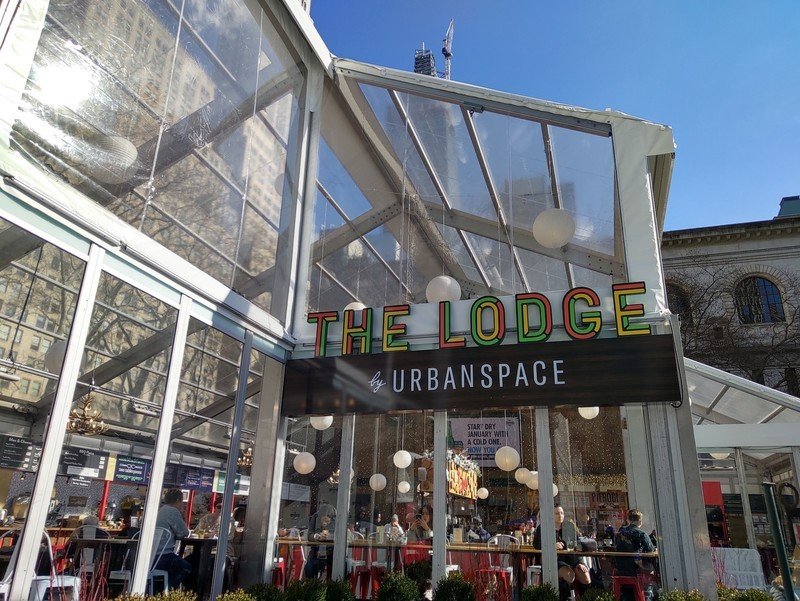
Overall, the Motorola RAZR camera seems to be a hit and miss experience, but given how much it relies on software to compensate for the camera hardware, it's possible that Motorola could improve the camera through a future update. Or not, only time will tell — you can only do so much when you're starting with an inferior set of hardware components.
In the meantime, stay tuned for a much deeper dive into the camera — and the rest of the RAZR — in the coming days!
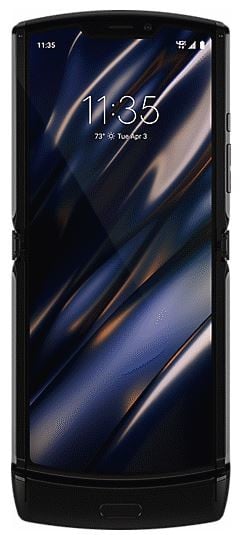
Motorola RAZR
Motorola's RAZR reboot may not be affordable, but it is undoubtedly a very exciting foldable phone. Unlike Samsung's Galaxy Fold and Huawei's Mate X, the Motorola RAZR is a much more compact device and folds into a square. It also offers a clutter-free Android experience.
Nirave Gondhia has been writing about the mobile industry for over a decade and began his career selling and fixing phones in the UK. He's used every flagship smartphone over the past five years and carries at least two phones at all times - currently, he's using the iPhone 11 Pro, [Samsung Galaxy Fold and Motorola RAZR. Say hi to him on Twitter at @nirave.
